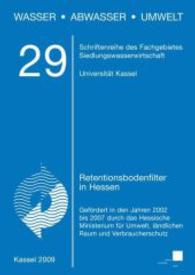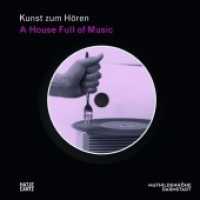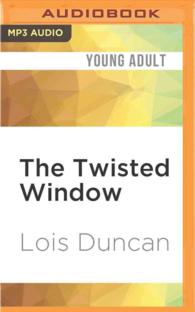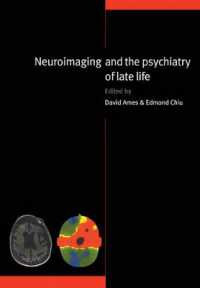- ホーム
- > 洋書
- > 英文書
- > Architecture
Full Description
There are a number of recent texts that draw on psychoanalytic theory as an interpretative approach for understanding architecture, or that use the formal and social logics of architecture for understanding the psyche. But there remains work to be done in bringing what largely amounts to a series of independent voices, into a discourse that is greater than the sum of its parts, in the way that, say, the architect Peter Eisenman was able to do with the architecture of deconstruction or that the historian Manfredo Tafuri was able to do with the Marxist critique of architecture. The discourse of the present volume focuses specifically for the first time on the subject of the unconscious in relation to the design, perception, and understanding of architecture. It brings together an international group of contributors, who provide informed and varied points of view on the role of the unconscious in architectural design and theory and, in doing so, expand architectural theory to unexplored areas, enriching architecture in relation to the humanities. The book explores how architecture engages dreams, desires, imagination, memory, and emotions, how architecture can appeal to a broader scope of human experience and identity. Beginning by examining the historical development of the engagement of the unconscious in architectural discourse, and the current and historical, theoretical and practical, intersections of architecture and psychoanalysis, the volume also analyses the city and the urban condition.
Contents
Introduction; I: Historical Paradigms for Architecture and the Unconscious; 1: The Unconscious and Space: Venice and the Work of Albrecht Dürer; 2: Architecture and the Kantian Unconscious; 3: Gradations of Consciousness and Claude Bragdon's 'Space-Conquest'; 4: Composing Form, Constructing the Unconscious: Empiriocriticism and Nikolai Ladovskii's 'Psychoanalytical Method' of Architecture at VKhUTEMAS; II: The Unconscious as a Discourse for Architecture of the City; 5: Aldo Rossi and the Field of the Other; 6: Seducing God(s): Renaissance Ideal Cities as Mirror-images of Western Subjectivity; 7: Unconscious Places - Thomas Struth and the Architecture of the City; 8: X Marks the Spot that Will Have Been; III: Fantasies, Desires, Diagnoses; 9: Psychoanalytic Diagnosis in Architecture and Urban Design; 10: Architecture and the Unconscious: Fantasy, Construction, and the Dual Spatiality; 11: Shadows of Venice: Adrian Stokes, Aldo Rossi and 'Interior Darkness'; IV: Case Study: Maison de Verre; 12: Projection: On Approaching the Maison de Verre; 13: Imaginative Enclave in the Maison de Verre; 14: Part-architecture: The Manifest and the Hidden in the Maison de Verre and the Large Glass (or Towards an Architectural Unconscious)








